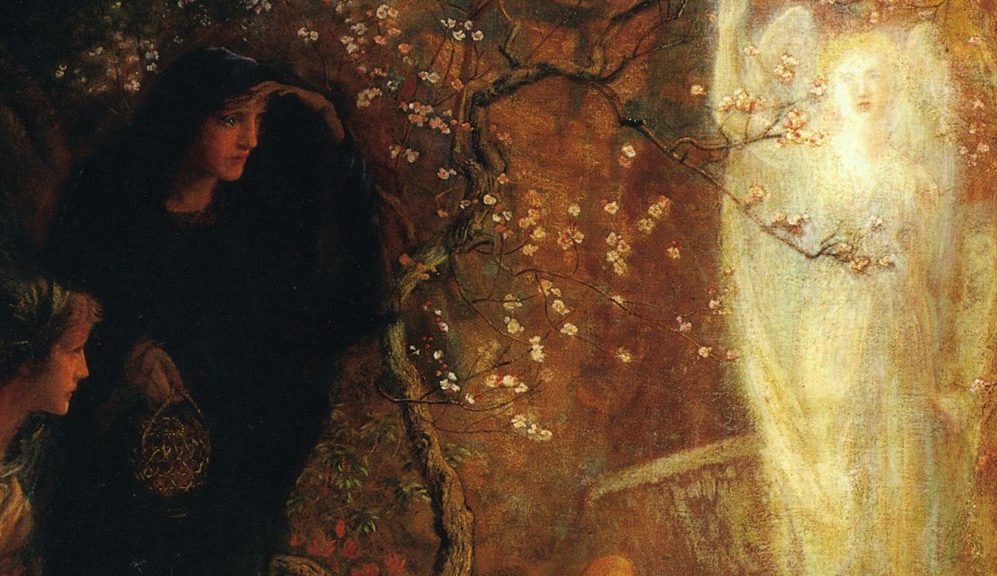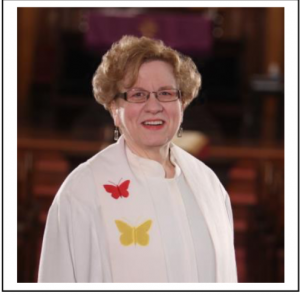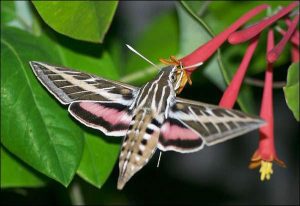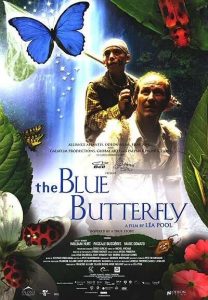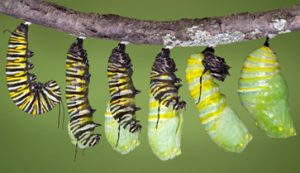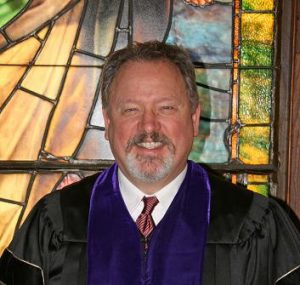Easter blessings to you all!
We are in the season of celebrating Resurrection, both Jesus’ and the Resurrection open to all of us through him.
Resurrection occurs in the life we live now; it’s not merely a heavenly insurance policy. God enables newness to happen in our lives, whether we think we need it or not, whether we believe it can happen or not.
This transitional period is by its very nature a time of newness. That can be uncomfortable or raise anxieties.

We are assured, tho, that God is walking this path with us.
My purpose here is to help navigate through this “wilderness”, together discovering where God is leading us.
Four Tasks of the Transitional Pastor
Transitional pastors have four general tasks; these tasks are not linear or sequential and often overlap.
• Joining (Getting to Know You)
• Assessment
• Vision and Goal-Setting
• Exiting – preparing for the new pastor
Joining is the “getting to know you” that I’ve been engaged in the most over the last three months.
While that continues, this month I’ll begin the process of Assessment.
It involves looking at all aspects of the church’s life to lift up all the positive things that God is doing here and to determine if there are any areas that that can be improved in preparation for the next pastor.
With the help of the Assessment Team (a.k.a Profile Committee), we’ll examine the details of all facets of FCC’s ministry: mission, spirituality, programs, outreach to the community, structure, staffing, finances, etc.
The Assessment results will provide fodder for Vision and Goal-Setting by the Council and the Boards.
It also provides the information necessary to create the formal church profile for the pastoral search.

Things are moving forward!
Be assured, things are moving forward.
By taking the time for assessment, we have a better understanding of FCC’s ministry and the qualifications needed for the next pastor.
That, in turn, will give guidance to the church leadership and will enable the Search Committee to find a candidate who is best suited to FCC.
This is all good!
As we enjoy the blessings of Spring and Resurrection, may we experience God in our midst each and every day. Grace and Peace.
Lisa
Upcoming Sacred Sites tour in Binghamton:
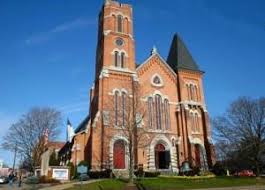 The Preservation Association of the Southern Tier is co- sponsoring the New York Landmarks Conservancy Sacred Sites open house. The theme this year is “From Medieval to Modern: Celebrating New York’s Religious Art and Architecture”. This free event is held each spring.
The Preservation Association of the Southern Tier is co- sponsoring the New York Landmarks Conservancy Sacred Sites open house. The theme this year is “From Medieval to Modern: Celebrating New York’s Religious Art and Architecture”. This free event is held each spring.This year the day is Sunday May 19, 2019. FCC’s historic church is on the tour again this year, and will be open to the public from 11:30 AM to 1:30 p.m.
What else can you find in this month’s The Forecaster?
- The Worship Schedule for May 2019
- Upcoming Trustee’s Work Day
- Faith Works Fellowship for May
- Annual Sleep Out for the Homeless sponsored by SUNY Broome (May 10)
- Academic Achievement Awards
- Jazz Vespers Final Event on May 12th at 5 p.m, featuring Al Hamme & Friends
- FCC Photo Directory is finished!
- Binghamton Downtown Singers
- Coffee Hour on Sunday, May 5th … join us!
- Upcoming UCC New York Annual Conference (May 18th and 19th)
- Book Works books available, and more …
Download the full edition of The Forecaster for the details.
Featured Image Credit: He is Risen – The First Easter, 1893-1896, by Arthur Hughes. PD Wikimedia.

